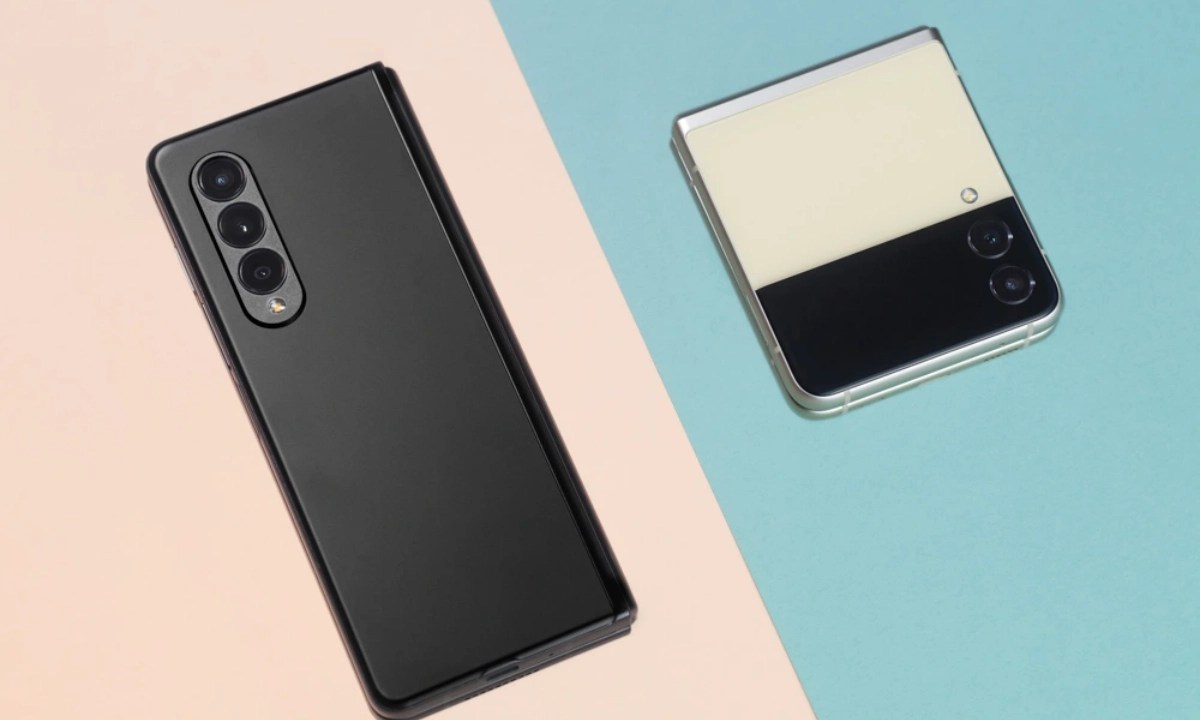The National Highway Traffic Safety Administration (NHTSA), the top federal vehicle safety regulator, has submitted a comprehensive list of inquiries to Ford regarding its hands-free driver-assistance system, known as BlueCruise. This development is the latest in an investigation that commenced over a year ago, following two fatal crashes involving the software.
The NHTSA’s Office of Defects Investigation (ODI) sent a letter to Ford on June 18, containing 25 questions. While some of the questions are straightforward, such as requesting a detailed list of vehicles equipped with BlueCruise, the NHTSA also seeks internal Ford documents related to the crashes that sparked the investigation, the development of BlueCruise, descriptions of any changes made to the software, and other relevant information.
This marks the first “information request” sent by the NHTSA to Ford since the investigation was upgraded to an “engineering analysis” in January. This progression is a necessary step before the NHTSA can request Ford to issue a recall.
A Ford spokesperson has confirmed that the company is cooperating with the NHTSA to support the investigation.
The ODI initiated the investigation in April 2024, following two fatal crashes in which drivers were using BlueCruise when they collided with stationary vehicles. These incidents were the first known fatalities resulting from crashes involving the use of BlueCruise.
Ford’s BlueCruise system is designed for use on pre-mapped highways and utilizes cameras, radar sensors, and software to handle steering, speed, and braking on certain highways. The system is paired with an in-cabin camera featuring an eye-tracking system, which is intended to ensure drivers remain attentive to the road ahead. BlueCruise is available in the Ford Explorer, Ford Expedition, Ford F-150 truck, and the all-electric Ford Mustang Mach-E, with a yearly subscription fee of $495 or a one-time purchase price of $2,495.
The crashes in early 2024 raised concerns about the capability of Ford’s system to recognize stationary objects, a issue that has been a challenge for Tesla’s driver-assistance software for years.
In January, when the investigation was upgraded, the NHTSA noted that it had discovered “limitations in the detection of stationary vehicles in certain conditions” and that BlueCruise’s performance “may be limited when there is poor visibility due to insufficient illumination.” Both fatal crashes occurred at night.
The NHTSA has requested that Ford provide more information about the BlueCruise software’s “logic and/or algorithms used in the detection and classification of hazards in front of” the vehicle.
Ford has until August 6 to submit its responses to the 25 questions, or it may face civil penalties.
Source Link





